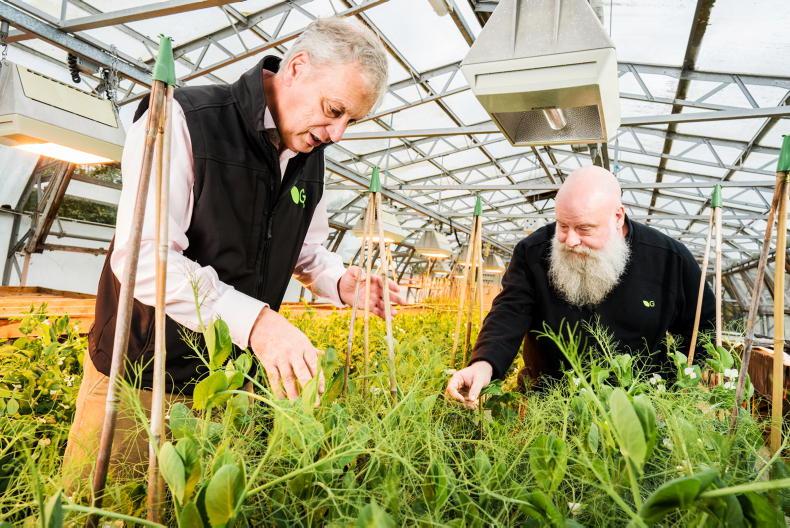Spring beans is a crop that all tillage farmers should consider growing in 2023.
The crop does not require any nitrogen fertiliser, so immediately takes out a cost, compared to other crops.
There is also the benefit to the next crop. Beans are a great break crop and can add yield to the following crop and help to improve soil health.
The payment available for growing the crop under the Protein Aid Scheme is now a minimum of €350/ha and could go much higher.
The budget for the scheme has doubled under the new CAP to €7m, with a target to get to 20,000ha by 2030.
In 2022, almost 11,000ha of protein were grown and the payment was €300/ha. This payment was guaranteed in spring 2022 to secure the protein area.
Recommended list
Three varieties made the Department of Agriculture’s 2023 spring beans recommended list. Caprice, Lynx and Victus made the grade, while Fanfare was removed, as there is no longer seed available.
Lynx hits the top yield, with a relative yield score of 102, Victus is at 99 and Caprice is at 98. The average yield of the control varieties in the list was 6.9t/ha, when adjusted to 15% from 2020 to 2022.
On crude protein percentage, Lynx and Victus rated at 99 and Caprice was at 103. The Department noted that the average crude protein content was 23.5% when expressed as a percentage of the dry matter.
Lynx scores highest on resistance to brackling and lodging, but is lowest on earliness of maturity.
Caprice has the overall highest disease resistance profile of the three varieties. However, the Department did note that disease resistance, lodging and maturity ratings are all based on limited data.










SHARING OPTIONS